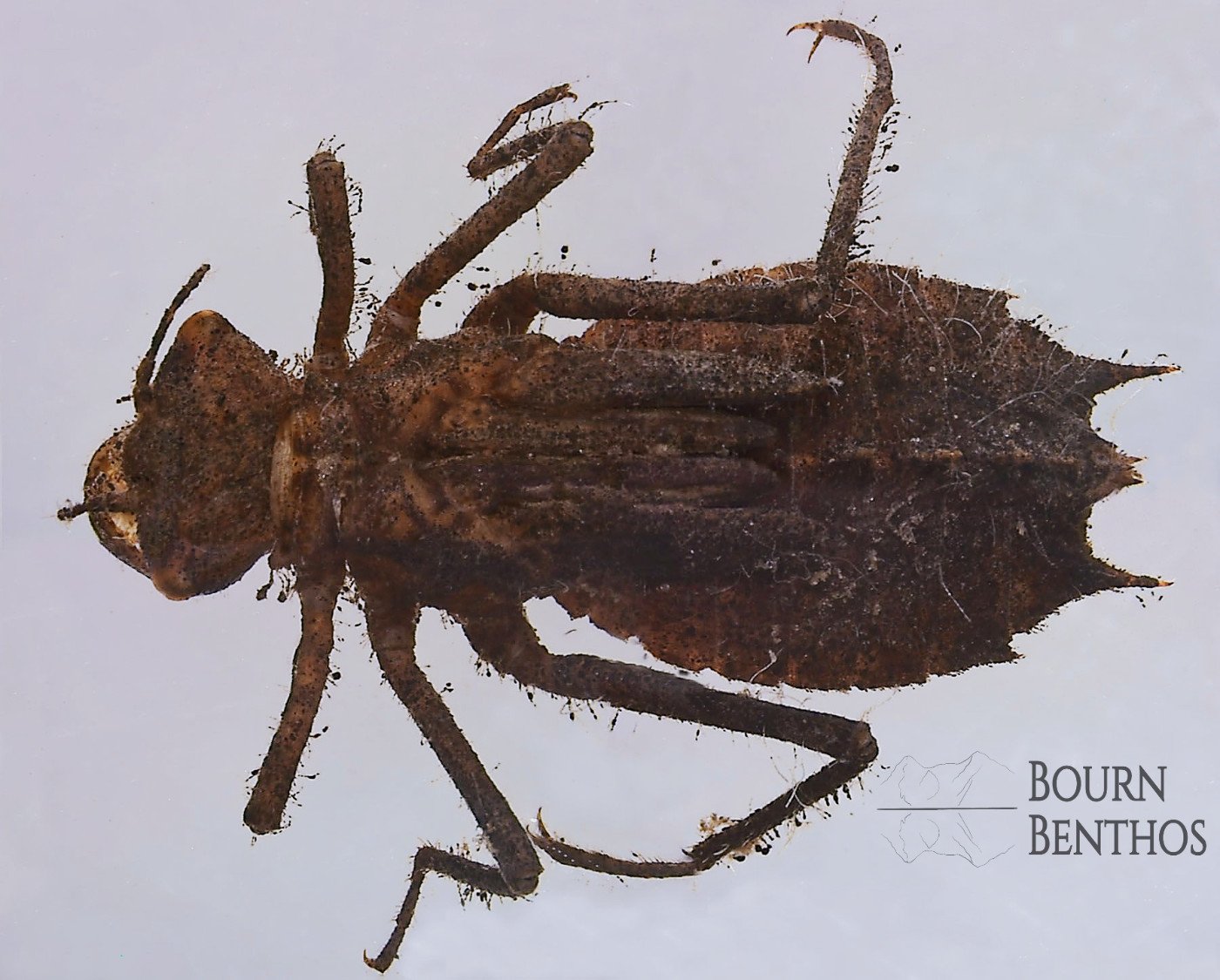Among the Instars: Epitheca princeps
Hey bug folks! This past week I was busy with the Wisconsin Wetlands Association annual conference, which took place virtually and was a huge success. In honor of spending the whole week learning more about wetlands, I want to focus this week on a critter commonly found in wetlands: Epitheca princeps also known as the prince baskettail. This is a dragonfly (Order: Odonata) in the family Corduliidae, the emeralds or green-eyed skimmers. These insects are found across most of the Midwest and eastern United States inhabiting freshwater ponds, lakes, swamps, and wetlands.
Epitheca princeps. a dragonfly in the family Corduliidae
Epitheca princeps ecology
Now dragonfly larvae are rather fascinating with predatory habits similar to damselflies. Both have large mouthparts that extend out within a fraction of a second to capture prey items, including smaller invertebrates, tadpoles, young fish, or other dragonfly larvae. The long hairs coating the nymph trap sediment and debris particles so it can easily camouflage into the bottom of a water body.
Like many other insects, the majority of a baskettail’s life is spent as a nymph underwater, ranging from 8 months to 2 years. The nymphs overwinter by moving to the deepest parts of the pond or wetland where cold weather cannot permeate. This also helps them to avoid being eaten by other critters that spend time closer to the shoreline or shallows. While in the deep area, these dragonflies undergo diapause which is similar to an extended period of hibernation until water temperatures rise again in the spring. Once emerged, the prince baskettail lives anywhere from a few days up to two weeks. Adults are typically active from late May until September with the majority emerging in June and July.
Taxonomy of Epitheca princeps and other emeralds
Normally, Corduliidae specimens can be challenging to identify because of similarities to skimmers (family: Libellulidae) and often compounded by immaturity. The exceptionally long spines on the abdomen are my first clue to look to the family Corduliidae since most Libellulidae have shorter spines or no spines at all. There are a few genera to watch out for such as Pantala and Tramea, both of which will also have long spines on abdominal segment 8 as well as 9. My best recommendation is to use a key that combines the families such as Hilsenhoff’s Aquatic Insects of Wisconsin book (1995) or running through the keys for both families to determine the best fit.
View this critter in the photo gallery or view my other Odonata posts! Have you come across this guy before or spotted the adults flying around? Let me know in the comments below or through the contact page!
Sources
Hilsenhoff, W.L., 1995. Aquatic Insects of Wisconsin. Keys to Wisconsin genera and notes on biology, habitat, distribution, and species. Publication of the Natural History Council, University of Wisconsin-Madison 3:11-17.
Needham, J.G., M.J. Westfall Jr, and M.L. May, 2000. Dragonflies of North America. Scientific Publishers, Gainesville.
Tennessen, K.J., 2019. Dragonfly nymphs of North America: an identification guide. Springer.
Species Epitheca princeps - Prince Baskettail - BugGuide.Net
Genus Odonata Corduliidae Epitheca (macroinvertebrates.org)
ADW: Epitheca princeps: INFORMATION (animaldiversity.org)

